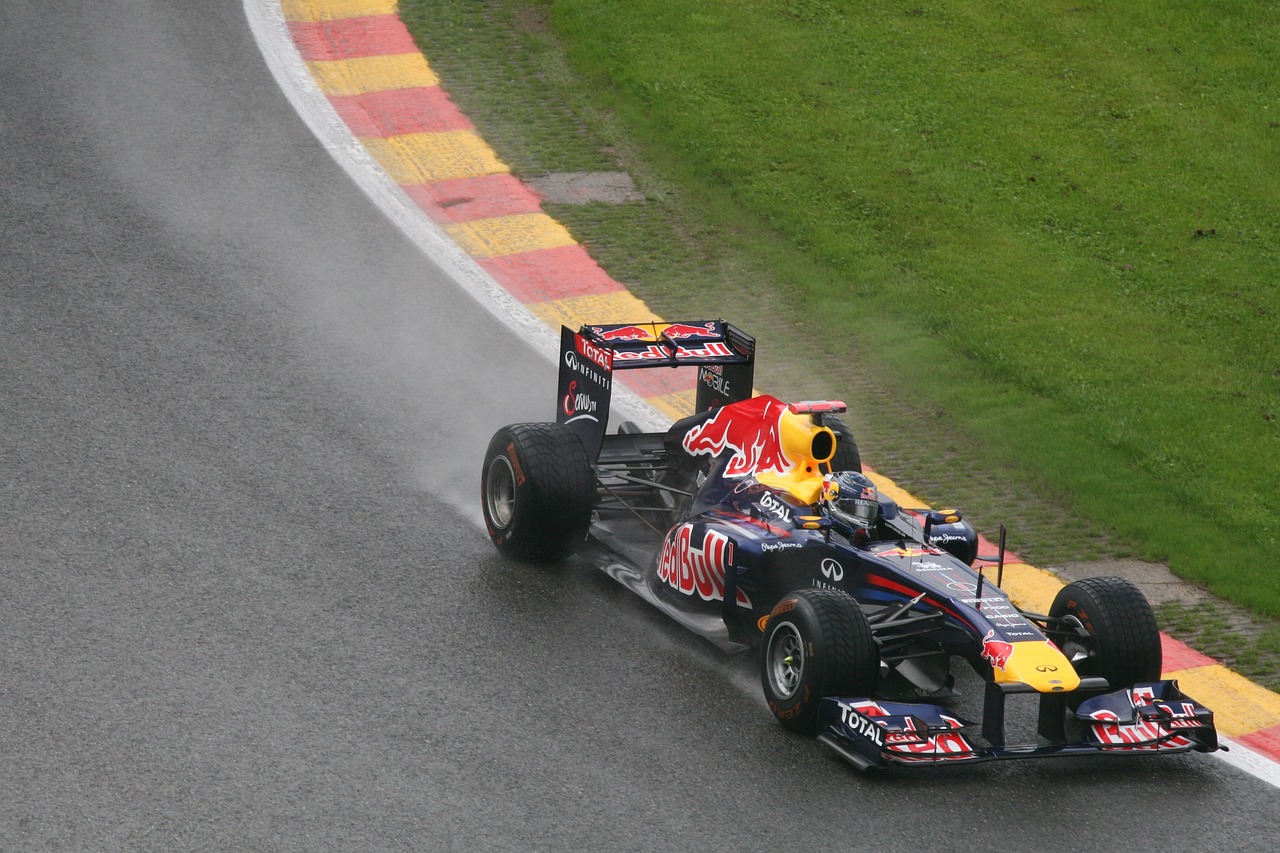Introduction
Chicanes are a common sight in Formula 1 racing and have been used for decades. They can be found on most tracks, from the classic street circuits of Monaco to the modern grand prix circuits such as Yas Marina in Abu Dhabi. But what exactly is a chicane, and why are these tight turns so important for a successful race? In this blog post, we’ll look at what chicanes are, how they’re beneficial to drivers, and how they’ve evolved over time.
What Is A Chicane?
A chicane is essentially two or more consecutive turns that require drivers to slow down while negotiating them. These complex corners force racers to reduce their speed before changing direction multiple times – slowing down makes it easier for drivers to make the turn without losing control of their car or spinning off-track. The goal of using a chicane is to add not only an element of skillful driving, but also safety by reducing speeds on high-speed straights where cars could potentially crash into each other head-on if left unchecked.
Benefits Of Using Chicanes
Chicanes provide many benefits, both from an engineering perspective as well as from an entertainment standpoint. From an engineering point of view, chicanes break up long sections of straight track, which would otherwise lead to extremely high speeds with uncontrollable consequences; breaking up the track minimizes risk by providing opportunities for overtaking maneuvers that would otherwise not exist on longer straights with higher top speeds reached between them. On the entertainment side, spectators enjoy watching cars navigating complex corners with skill and precision—chicanes allow viewers exciting close calls that wouldn’t occur without them being present on certain courses!
Evolution Of The Chicane Over Time
Chicanes have come a long way since their introduction in Formula 1 racing back in the 1970s when they were used mainly on street circuits like Monaco’s notorious Loews Hairpin corner – still one of F1’s most iconic corners today! Since then, various improvements have been made, including widening some parts (such as Senna’s S) or adding rumble strips along inner curbs (like at Silverstone). Today you can find all kinds of different types and shapes across multiple tracks around world — proving just how effective this seemingly simple idea has become over time!
Conclusion
Overall, it’s clear that chicanes play an integral role in F1 racing due to their ability to keep vehicles safe while providing thrilling entertainment value for audiences around globe – something even professional racers rely heavily upon during tense moments throughout any given race weekend! With its evolution over the years continuing today, there’s no doubt that this unique feature will remain part important motorsport landscape moving forward into future generations ahead too!

